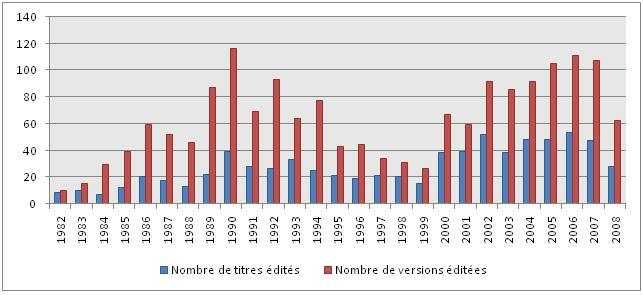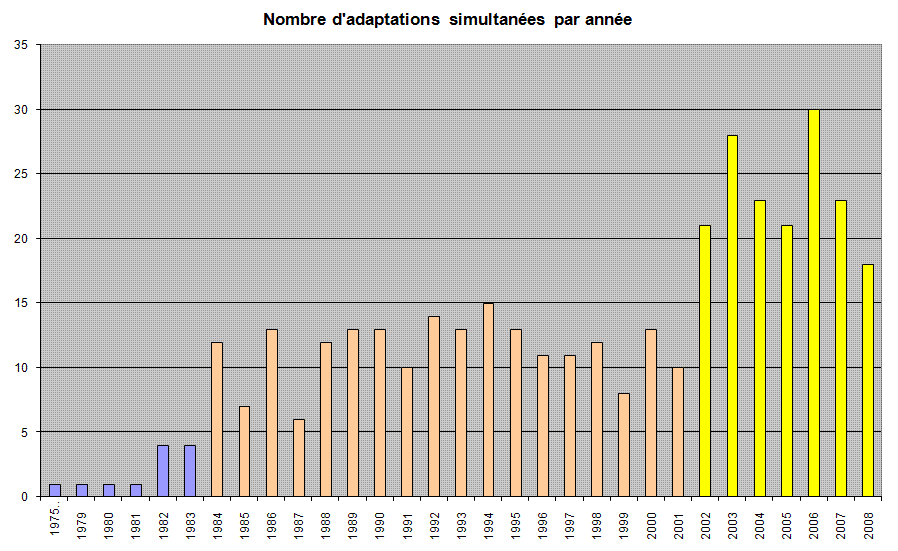The Revenge of the Origami Unicorn: Seven Principles of Transmedia Storytelling (Well, Two Actually. Five More on Friday)
/Across the next two weeks, we will be rolling out the webcast versions of the sessions we hosted during the recent Futures of Entertainment 4 conference held last month at MIT. (see Monday's post for the session on Grant McCracken's Chief Culture Officer). Many of the conference sessions were focused around the concept of transmedia entertainment. The team asked me to deliver some opening remarks at the conference which updated my own thinking about transmedia and introduced some basic vocabulary which might guide the discussion. My remarks were largely off the cuff in response to power point slides, but I am making an effort here to capture the key concepts in writing for the first time. You can watch the recording of the actual presentation here and/or read along with this text.
Many of these ideas were informed by the discussions I've been having all semester long within my Transmedia Storytelling and Entertainment class at the University of Southern California.
Revenge of the Oragami Unicorn: Seven Core Concepts of Transmedia Storytelling
[Electronic Arts game designer] Neil Young talks about "additive comprehension." He cites the example of the director's cut of Blade Runner, where adding a small segment showing Deckard discovering an origami unicorn invited viewers to question whether Deckard might be a replicant: "That changes your whole perception of the film, your perception of the ending...The challenge for us, especially with the Lord of the Rings is how do we deliver that one piece of information that makes you look at the films differently?" -- Henry Jenkins, Convergence Culture: Where Old and New Media Collides (2006).
I first introduced my concept of transmedia storytelling in my Technology Review column in 2003 and elaborated upon it through the "Searching for the Oragami Unicorn: The Matrix and Transmedia Storytelling" chapter in Convergence Culture. For me, the origami unicorn has remained emblematic of the core principles shaping my understanding of transmedia storytelling, a kind of patron saint for what has emerged as increasing passionate and motivated community of artists, storytellers, brands, game designers, and critics/scholars, for whom transmedia has emerged as a driving cause in their creative and intellectual lives. We all have somewhat different definitions of transmedia storytelling and indeed, we don't even agree on the same term - with Frank Rose talking about "Deep Media" and Christy Dena talking about "Cross-media."
As Frank has put it, same elephant, different blind men. We are all groping to grasp a significant shift in the underlying logic of commercial entertainment, one which has both commercial and aesthetic potentials we are still trying to understand, one which has to do with the interplay between different media systems and delivery platforms (and of course different media audiences and modes of engagement.)
Whatever we call it, transmedia entertainment is increasingly prominent in our conversations about how media operates in a digital era - from recent books (such as Jonathon Gray's Show Sold Seperately: Promos, Spoilers, and Other Media Paratexts and Chuck Tryon's Reinventing Cinema: Movies in the Age of Media Convergence) to dedicated websites (such as the Narrative Design Exploratorium which has been running a great series of interviews with transmedia designers and storytellers) and websites created by transmedia producers, such as Jeff Gomez, to explain the concept to their clients. We are seeing senior statesmen across multiple disciplines - from David Bordwell in film studies to Don Norman in design research - weigh in on the aesthetics and design of transmedia experiences. All of this influx of new interest invites us to pull back and lay out some core principles that might shape our development or analysis of transmedia narrative and to revise some of our earlier formulations of this topic.
Six years ago, fans and critics were shocked at the idea of transmedia as they first encountered what the Wachowski Brothers were doing around The Matrix. Now, there is almost a transmedia expectation, as occurred when fans of Flash Forward complained recently because the series introduced a Url on the air and then only provided impoverished extensions to those fans who tracked down the link. Have we reached the point where media franchises are going to be judged harshly if they do not sustain our hunger for transmedia content?
Let me start with the following definition of transmedia storytelling as an operating principle: "Transmedia storytelling represents a process where integral elements of a fiction get dispersed systematically across multiple delivery channels for the purpose of creating a unified and coordinated entertainment experience. Ideally, each medium makes its own unique contribution to the unfolding of the story." Some of what I will say here will complicate this conception of a "unified and coordinated entertainment experience," as we factor in the unauthorized, grassroots expansion of the text by fans or consider the ways that franchises might value diversity over coherence in their exploration of fictional worlds.
We should be clear that narrative represents simply one kind of transmedia logic which is shaping the contemporary entertainment realm. We might identify a range of others - including branding, spectacle, performance, games, perhaps others - which can operate either independently or may be combined within any given entertainment experience. During the conference, Nancy Baym asked us to think about when and how music has gone transmedia. We struggled to come up with examples - everyone of course immediately latched onto the ARG created around the Nine Inch Nails; I proposed the Comic Book Tatoo where artists and writers used Tori Amos songs as their inspiration. The question looks different, though, if we ask about transmedia performance, because most contemporary musical artists perform across multiple media - minimally live and recorded performance, but also video and social network sites and twitter and...
We might also draw a distinction between transmedia storytelling and transmedia branding, though these can also be closely intertwined. So, we can see something like Dark Lord: The Rise of Darth Vader as a extension of the transmedia narrative that has grown up around Star Wars because it provides back story and insights into a central character in that saga. (Thanks to Geoffrey Long for this example) By comparison, a Star Wars breakfast cereal may enhance the franchise's branding but it may have limited contribution to make to our understanding of the narrative or the world of the story. The idea that Storm Troopers might be made of sugar sweet marshmellow bits probably contradicts rather than enhances the continuity and coherence of the fictional world George Lucas was creating.
Where does this leave the Star Wars action figures? Well, they represent resources where players can expand their understanding of the fictional world through their play. Minimally, they enhance transmedia play, but in so far as coherent stories emerge through this play, they may also contribute to the expansion of the transmedia story. And indeed, writers like Will Brooker and Jonathon Gray have made compelling arguments for the specific ways these toys expanded or reshaped the transmedia narrative, adding, for example, to the mystique around Boba Fett.
While we are making distinctions, we need to distinguish between adaptation, which reproduces the original narrative with minimum changes into a new medium and is essentially redundant to the original work, and extension, which expands our understanding of the original by introducing new elements into the fiction. Of course, this is a matter of degree - since any good adaptation contributes new insights into our understanding of the work and makes additions or omissions which reshape the story in significant ways. But, I think we can agree that Lawrence Olivier's Hamlet is an adaptation, while Tom Stoppard's Rosencranz & Guildenstern Are Dead expands Shakespeare's original narrative through its refocalization around secondary characters from the play.
My own early writing about transmedia may have over-emphasized the "newness" of these developments, excited as I was to see how digital media was extending the potential for entertainment companies to deliver content around their franchises. Yet, Derrick Johnson has made strong arguments that the current transmedia moment needs to be understood in relation to a much longer history of different strategies for structuring and deploying media franchises. Indeed, when I head to University of Southern California each morning to teach, I am given a forceful reminder of these earlier stages in the evolution of transmedia entertainment in the form of a giant statue of Felix the Cat which has sat atop a local car dealership since the 1920s and has become a beloved Los Angeles landmark. Felix, as Donald Crafton, has shown us was a transmedia personality, whose exploits moved across the animated screen and comics to become the focus of popular music and merchandising, and he was one of the first personalities to get broadcast on network American television. We might well distinguish Felix as a character who is extracted from any specific narrative context (given each of his cartoons is self-contained and episodic) as opposed to a modern transmedia figure who carries with him or her the timeline and the world depicted on the "mother ship," the primary work which anchors the franchise. As I move through this argument, I will connect transmedia to earlier historical practices, trying to identify similarities and differences along the way.
1. Spreadability vs. Drillability
At last year's Futures of Entertainment conference, we unrolled the concept of "spreadability" which is the central focus of my next book, which is now being written with Sam Ford and Joshua Green. Spreadability refered to the capacity of the public to engage actively in the circulation of media content through social networks and in the process expand its economic value and cultural worth. Writing in response to that argument, Jason Mittell has proposed a counterveiling principle, what he calls "drillability" which has some close connection to Neil Young's concept of "additive comprehension" cited above. Mitell's discussion of drillability is worth quoting at length here:
"Perhaps we need a different metaphor to describe viewer engagement with narrative complexity. We might think of such programs as drillable rather than spreadable. They encourage a mode of forensic fandom that encourages viewers to dig deeper, probing beneath the surface to understand the compleity of a sotry and its telling. Such programs create magnets for engagement, drawing viewers into the storyworlds and urging them to drill down to discover more...The opposition between spreadable and drillable shouldn't be thought of as a hierarchy, but rather as opposing vectors of cultural engagement. Spreadable media encourages horizontal ripples, accumulating eyeballs without necessarily encouraging more long-term engagement. Drillable media typically engage far fewer people, but occupy more of their time and energies in a vertical descent into a text's complexities."
A key phrase here may be "necessarily" since we've seen that helping to spread the message may well be central to enhancing viewer engagement and may encourage further participation - as we've seen in the past few weeks where the release of Susan Boyle's album, more than six months after the participatory circulation of her original video, has broken sales records this year, swamping by something like seven to one the release of an album by American Idol winner Adam Lambert.
Yet, Mittell invites us to think of a world where many of us are constantly scanning for media franchises that interest us and they drilling down deeper once we find a fiction that captures our imagination. Both potentials may be built into the same transmedia franchise, yet they represent, as he suggests, different dimensions of the experience, and there may well be cases where a franchise sustains spreadability without offering any real depth to drill into or offers depth and complexity without offering strong incentives to pass it along through our social networks. More work needs to be done to fully understand the interplay between these two impulses which are shaping current entertainment experiences.
2. Continuity vs. Multiplicity
I mentioned earlier that some of my recent thinking about transmedia starts to challenge the idea of a "unified experience" which is "systematically" developed across multiple texts. It is certainly the case that many transmedia franchises do indeed seek to construct a very strong sense of "continuity" which contributes to our appreciation of the "coherence" and "plausibility" of their fictional worlds and that many hardcore fans see this kind of "continuity" as the real payoff for their investment of time and energy in collecting the scattered bits and assembling them into a meaningful whole. We can see the elaborate continuities developed around the DC and Marvel superheroes as a particular rich example of the kind of "continuity" structures long preferred by the most dedicated fans of transmedia entertainment.
Yet, if we use these comic book publishers as a starting point, we can see them pushing beyond continuity in more recent publishing ventures which rely on what I described in my contributions to Third Person as a logic of "multiplicity." So, for example, we can see Spider-Man as part of the mainstream continuity of the Marvel universe, but he also exists in the parallel continuity offered by the Ultimate Spider-Man franchise, and we can see a range of distinctly separate mini-franchises, such as Spider-Man India (which sets the story in Mumbai) or Spider-Man Loves Mary Jane (which stands alone as a romance comic series for young female readers). And indeed, some of these experiments - Spider-Man India, the DC Elseworlds series - use multiplicity - the possibility of alternative versions of the characters or parallel universe versions of the stories - as an alternative set of rewards for our mastery over the source material.
Multiplicity allows fans to take pleasure in alternative retellings, seeing the characters and events from fresh perspectives, and comics publishers trust their fans to sort out not only how the pieces fit together but also which version of the story any given work fits within. We can compare this with the laborious process the producers had to go through to launch the recent Star Trek film, showing us that it does indeed take place in the same universe as the original and is part of the original continuity, but the continuity has to be altered to make way for the new performers and their versions of the characters.
This pleasure in multiplicity is not restricted to comics, as is suggested by the recent trend to take works in public domain, especially literary classics, and mash them up with more contemporary genres - such as Pride and Predjudice and Zombies, Sense and Sensibility and Sea Monsters, or Little Women and Werewolves.
The concept of multiplicity paves the way for us to think about fan fiction and other forms of grassroots expression as part of the same transmedia logic - unauthorized extensions of the "mother ship" which may nevertheless enhance fan engagement and expand our understanding of the original. For those franchises where there is a strong desire to police and preserve continuity, fan fiction can be experienced by producers as a threat, something which may disrupt the coherence of their unfolding story, but where we embrace a logic of multiplicity, they simply become one version among many which may offer us interesting insights into who these characters are and what motivates their behavior.
In my class and at the conference, this concept of multiplicity has been experienced as liberating, allowing us to conceive of alternative configurations of transmedia, and lowering some of the anxiety about making sure every detail is "right" when collaborating across media platforms. My key point, though, would be that there needs to be clear signaling of whether you are introducing multiplicity within the franchise, as well as consistency within any given "alternative" version of the central storyline.
TO BE CONTINUED



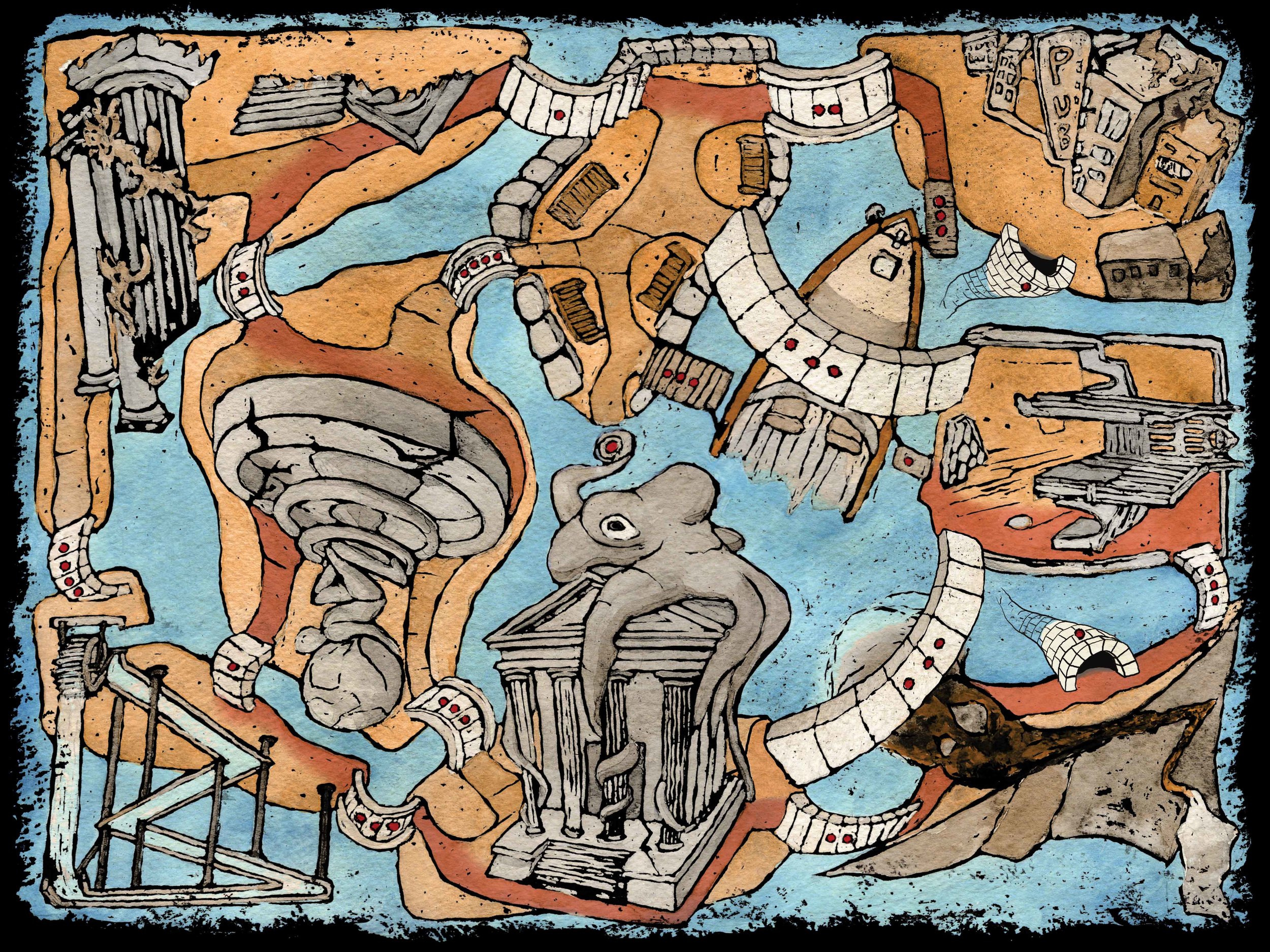
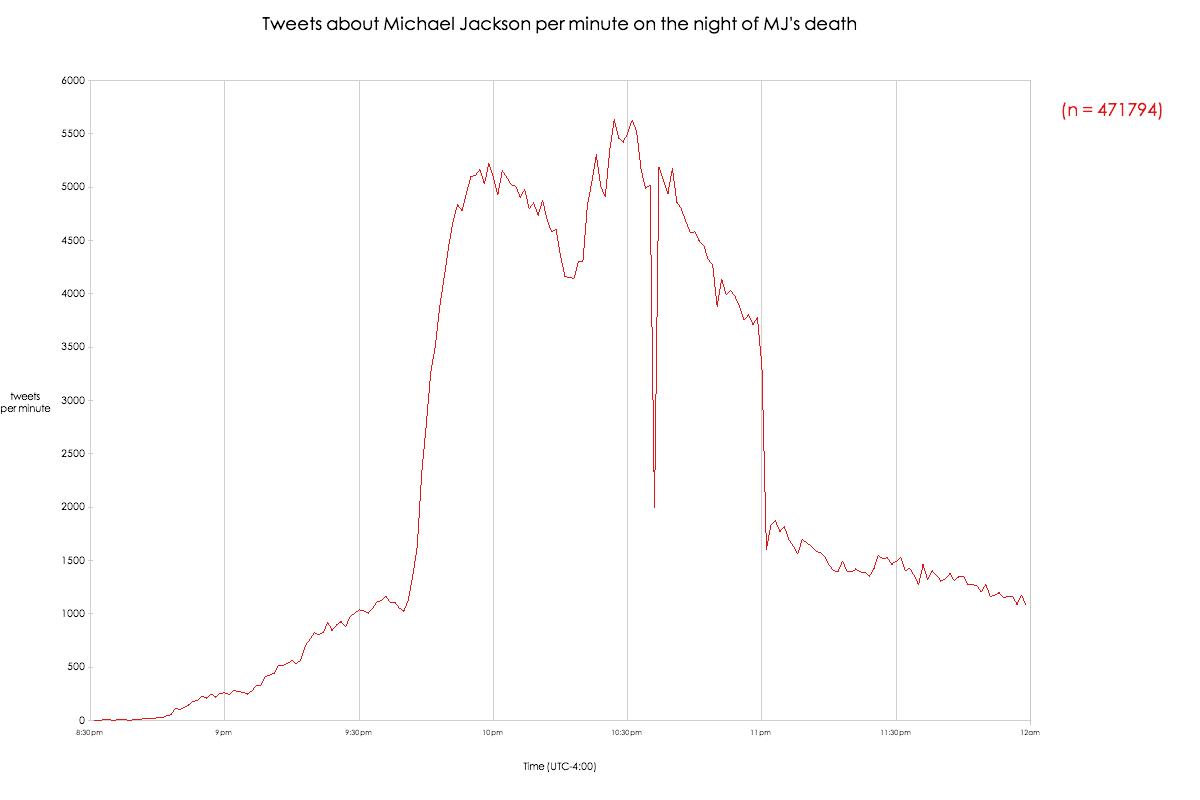
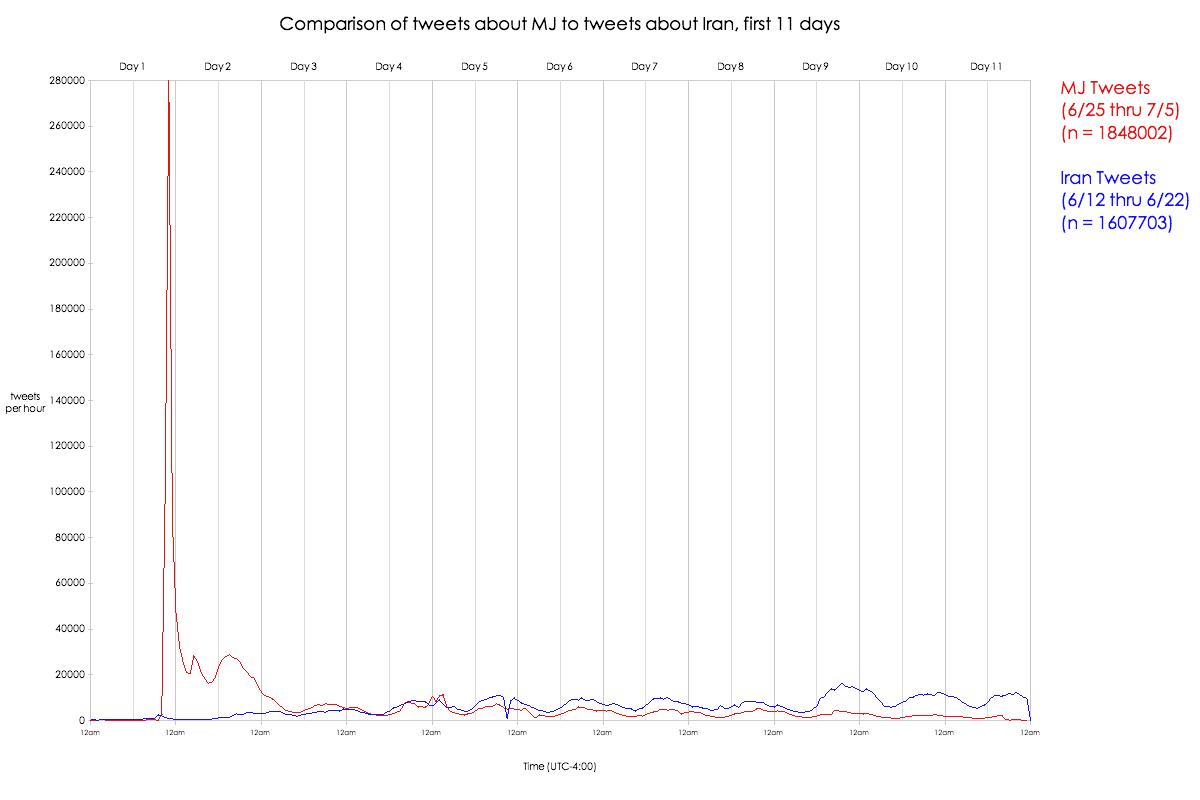
![Reblog this post [with Zemanta]](http://img.zemanta.com/reblog_e.png?x-id=9074b37f-9b36-4617-9945-60ace90a179b)
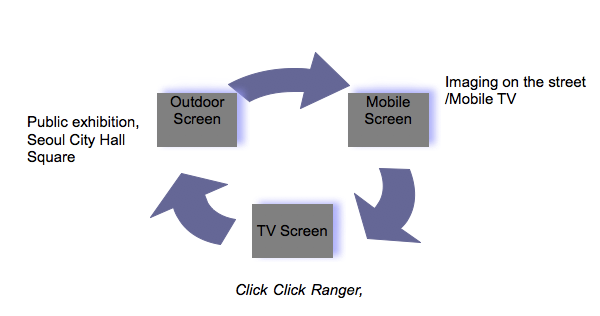
![Reblog this post [with Zemanta]](http://img.zemanta.com/reblog_e.png?x-id=39752049-a5c5-4d68-a4e0-619c76c55cc9)
